Alexander Alodjants
Machine learning transfer efficiencies for noisy quantum walks
Feb 18, 2020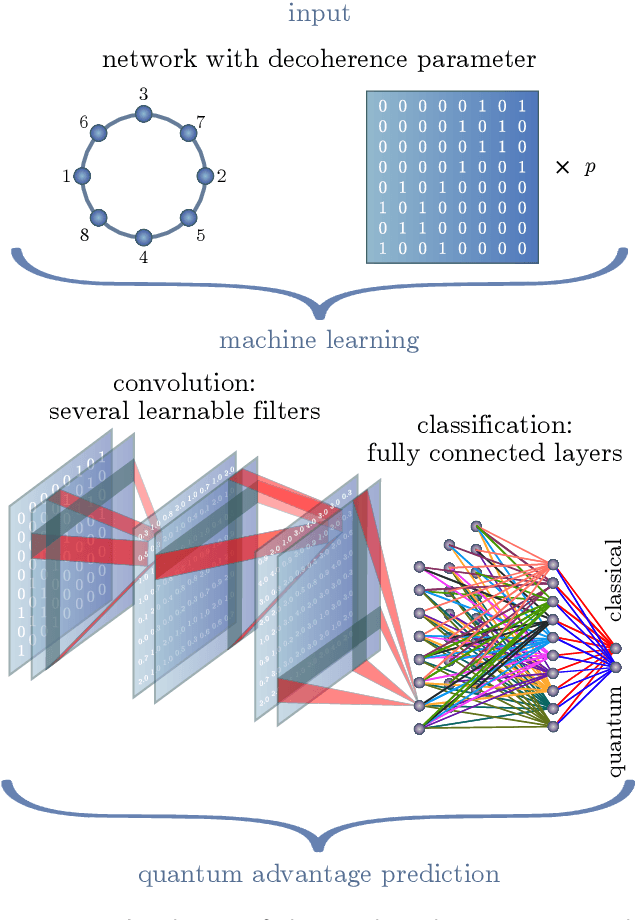
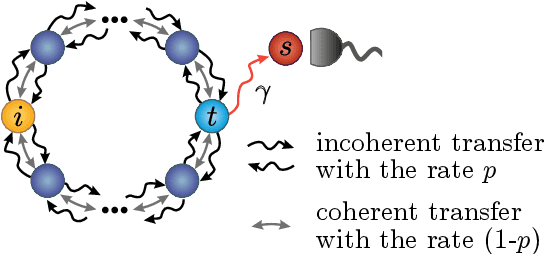
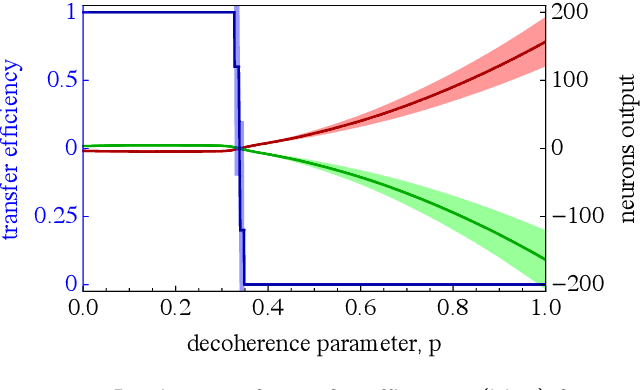

Abstract:Quantum effects are known to provide an advantage in particle transfer across networks. In order to achieve this advantage, requirements on both a graph type and a quantum system coherence must be found. Here we show that the process of finding these requirements can be automated by learning from simulated examples. The automation is done by using a convolutional neural network of a particular type that learns to understand with which network and under which coherence requirements quantum advantage is possible. Our machine learning approach is applied to study noisy quantum walks on cycle graphs of different sizes. We found that it is possible to predict the existence of quantum advantage for the entire decoherence parameter range, even for graphs outside of the training set. Our results are of importance for demonstration of advantage in quantum experiments and pave the way towards automating scientific research and discoveries.
* 6 pages, 4 figures
Detecting quantum speedup by quantum walk with convolutional neural networks
Jan 30, 2019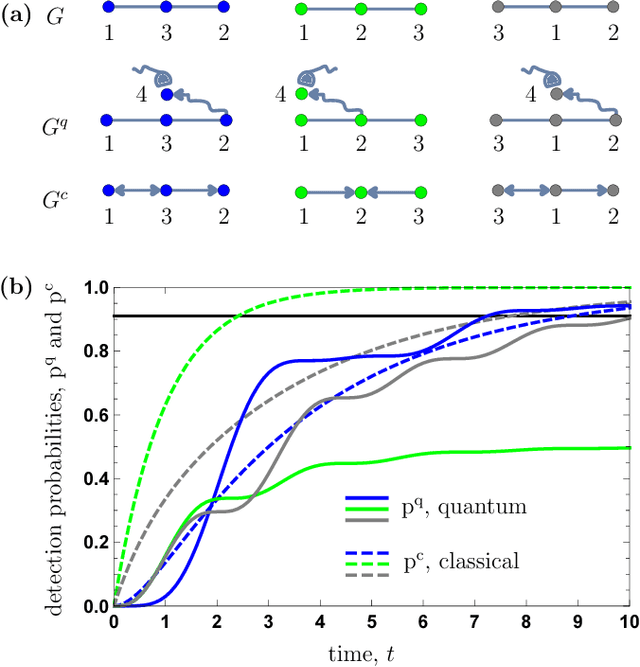
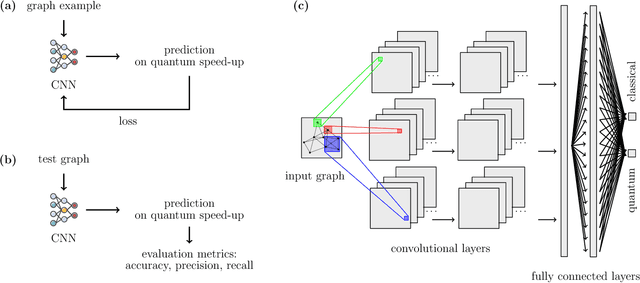
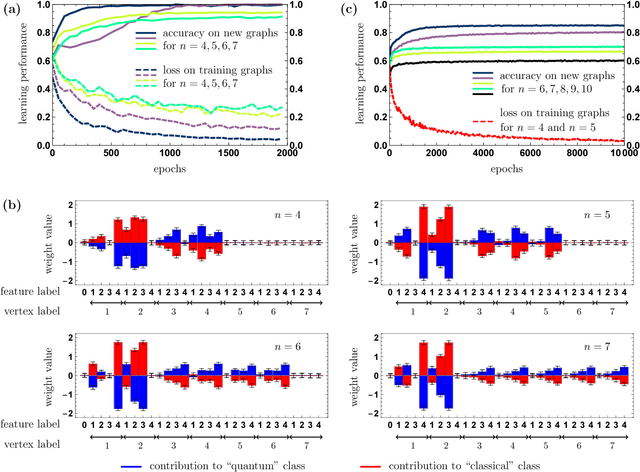

Abstract:Quantum walks are at the heart of modern quantum technologies. They allow to deal with quantum transport phenomena and are an advanced tool for constructing novel quantum algorithms. Quantum walks on graphs are fundamentally different from classical random walks analogs, in particular, they walk faster than classical ones on certain graphs, enabling in these cases quantum algorithmic applications and quantum-enhanced energy transfer. However, little is known about the possible speedups on arbitrary graphs not having explicit symmetries. For these graphs one would need to perform simulations of classical and quantum walk dynamics to check if the speedup occurs, which could take a long computational time. Here we present a new approach for the solution of the quantum speedup problem, which is based on a machine learning algorithm that detects the quantum advantage by just looking at a graph. The convolutional neural network, which we designed specifically to learn from graphs, observes simulated examples and learns complex features of graphs that lead to a quantum speedup, allowing to identify graphs that exhibit quantum speedup without performing any quantum walk or random walk simulations. Our findings pave the way to an automated elaboration of novel large-scale quantum circuits utilizing quantum walk based algorithms, and to simulating high-efficiency energy transfer in biophotonics and material science.
 Add to Chrome
Add to Chrome Add to Firefox
Add to Firefox Add to Edge
Add to Edge